can kittens survive outside
Main navigation Donate ButtonOutdoor cats FAQCats vaam outside in most neighbourhoods in the United States. Some are pets whose owners allow (or put) out, but many are community cats, which can be ferals or pets only once that are now havoc, lost or abandoned. The more we understand outdoor cats and the complicated problems related to them, the more we can help them, reduce overpopulation of cats and protect wildlife. Cats you see outside can be cats whose owners allow them to outdoors, or they can be feral community cats or raisins that live outdoors. Although these community cats are not property, they can be fed by one or more loving person. ContentHow is a street cat different from a feral cat? A street cat is a pet that has been lost or abandoned, used to contact people and is sufficiently taken to be adopted. A feral cat is the offspring of street cats or other feral cats and is not used to human contact. Feral cats are usually too fearful to be handled or adopted. Vague cats can be reunited with their families or adopted in new homes, but feral cats will find it difficult or impossible to adapt to living as pets in close contact with people. But that doesn't mean that there are no things you can do to improve the health of feral cats and quality of life. Why are there feral cats? If they do not have early contact with people, the cats of street or feral cats will become feral themselves, too afraid to be managed or adopted. Since a female cat can become pregnant as soon as five months old, the number of feral cats in a neighborhood can increase quickly if cats are not spaced or neutered. Where do community cats live? Community cats usually live in a colony (a group of related cats). The colony occupies and defends a specific territory where food is available (a restaurant container or a person who feeds them) and refuge (under a porch, in an abandoned building, etc.). Although feral cats can be seen by people who feed them, strangers may not realize that feral cats live near because they rarely see them. Vague cats tend to be much more visible, can vocalize and can approach people in search of food or shelter. Vague cats can join a colony or defend their own territory. Why are outdoor cats considered a problem? Noise behaviors, such as peeing and defecating in someone's yard or garden, digging in someone's yard or garden, jumping in someone's car and bothering a property cat are the biggest concerns the general public has about outdoor cats. Overpopulation is also a serious concern. In the United States, approximately two percent of community cats from 30 to 40 million (feral and estrated) have been spaced or castrated. These cats produce about 80 percent of kittens born in the United States every year. Although 85 percent of the estimated 75 to 80 million pet cats in the US are already spaced or neutered, many have kittens before they are spaced or neutral. These kittens, especially if allowed outdoors, add to the number of cats outdoors and the problems associated with them. The shelters in a community with a large population of outdoor cats that are not spaced or neutered can experience these problems: In addition, shelters receive many complaints of discomfort about outdoor cats, including: Sign up to receive our exclusive e-book full of training techniques, problem solving and important information about the care of your pet. If my cats have been spitted or castrated, why shouldn't I let them out? It is unless you have a safe enclosure or are walking them in a . Even pet cats that are spitted or neutral can cause conflicts between neighbors and . When it were, cats face dangers such as injury or death because they are hit by a car, being damaged by another animal or person and diseases and parasites. Approximately 65 percent of the 80 million pet cats estimated in the USA are kept inside and more owners realize that the inner cats are safer and can drive. But millions of pet cats are still allowed out, usually without the visible that would help reunite them with their owners if the cats were picked up by a neighbor or animal control. How can we solve the overpopulation of cats? Community cats using Trap-Neuter-Return (TNR) will reduce their numbers. Spaying or neutering pet cats before playing will reduce your numbers and help stop. What is Trap-Neuter-Return (TNR)? TNR is a non-lethal strategy to reduce the number of community cats and improve the quality of life of cats, fauna and people. In its most basic, TNR implies: How does it solve common complaints associated with feral cats? People take care of community cats? How? Many people see a cat that looks homeless and starts feeding the cat. Ideally, the person quickly does more to help the cat: Once a cat or cat colony has been TNR-ed, it is ideal if a dedicated caregiver provides food, water and shelter, monitors cats for illness or injury and new TNRs feral cats coming. Ideally, kittens young enough to be socialized and new tama cats coming are removed from the colony for possible adoption. Many dedicated caregivers pay for TNR themselves to help improve the lives of cats and reduce their numbers. Without TNR and a dedicated caregiver catch new cats that appear, the population of the colony could increase. Why can't animal shelters rescue feral cats? Animal shelters are already concerned and try to find homes for thousands of countless lost, injured and abandoned cats, as well as pet cats whose owners are unable or unwilling to keep them. Many animal shelters do not have the personal or money to make TNR. However, shelters that receive complaints or public concern can try to catch and remove feral cats humanly. Or they can provide information and loan traps to citizens interested in catching feral cats humanly. If there is a local group that helps the feral cats, the shelter can refer to those who call that group. Because feral cats are so frightened of people and generally cannot be adopted, those who are taken to a shelter, especially cats that cannot be identified as members of a known colony of TNR-ed, are probably euthanized either immediately or after a retention period. It is a complicated situation: Although it is difficult to accurately identify a feral cat without observing them during a retention period, taking care of a feral cat in a typical shelter cage is terribly stressful for the cat. Furthermore, if the cage space is limited in the shelter, an adoptable cat may have to be euthanized to make room to maintain a feral cat. HumanePro is our dynamic and complete online resource for those in animal care trenches. Through news, trainings, guides, labor directors and donations and our annual animal care Expo, we help animal shelters, rescue groups and other animal welfare professionals support pet owners in their communities and save more animals. Would it be better if the feral cats were euthanized? Opinions vary in this. Some people feel sorry for feral cats because they are pretending for themselves. Others are upset about cat behaviors and want them to retire. But most people don't feel that feral cats must be euthanized. Even if the shelter had enough people and money to eliminate and euthanize the feral cats in a community, other cats would move into empty territory to take advantage of food sources and shelter. The new cats would continue to reproduce and the denunciation calls would continue. Euthanasia alone will not rid an area of feral cats and kill animals to control their numbers is increasingly unpopular with the general public. A better approach is TNR and a dedicated caregiver. Spreaded or castrated feral cats are healthier because they no longer have kittens or fight with peers and their discomfort behaviors are reduced or eliminated enormously. If the colony has a dedicated caregiver, they provide food, water and shelter and care for cats' health and remove any newcomer for TNR (if feral) or adoption (if tame). TNR improves the quality of life of existing colonies, prevents the birth of more cats and reduces the number of cats over time. It can also be more economical than euthanasia; many groups have estimated that the costs associated with TNR are considerably less than those associated with the elimination, housing care and euthanasia of feral cats. Will the problem not be removed from community cats in an area? There are many reasons why cat problems rarely resolve to catch and remove a colony. Community cats live in a particular place because it offers food and shelter. If a colony is eliminated, the cats from the surrounding colonies can enter to take advantage of the available resources. The breeding cycle and discomfort behavior begins again. If all the cats in a colony are not trapped, then the ones behind will tend to have more liters of kittens. Kittens are more likely to survive because there are fewer cats competing for food. The population of the colony will continue to increase until it reaches the number that can be supported by the available food and shelter. Here are some of the other factors that usually make the trap and elimination ineffective: Why not feed prohibitions eliminate community cats? The logic behind the bans of feeding feral cats is that if there is no food available, cats will leave. This rarely happens. First, cats are territorial animals that can survive for weeks without food and will not easily or quickly leave their territory. As they grow more hungry and more desperate, they tend to venture closer to homes and businesses in search of food. Despite efforts to starve, cats will also continue to reproduce, which will lead to the death of many kittens. Second, food prohibitions are almost impossible to apply. A person who is determined to feed the cats will usually succeed without being detected. Repeated experience has shown that people who care about cats will go to large tracts to feed hungry animals. In addition, there may be more than one feeder and other food sources, including landfills, garbage dumps and other animals. What can I do to help cats outdoors? Get HSUS action news and alerts can be applied. Answer STOP to opt out. This site is protected by reCAPTCHA and Google and apply. FooterDonate About HSUSAll Animals Magazine© 2021 The Humane Society of the United States The Humane Society of the United States is registered as a 501(c)(3) nonprofit organization. Contributions to HSUS are tax deductible to the extent permitted by law. HSUS tax identification number is 53-0225390. Footer Right There are more than 55,000 dogs all over the country who suffer painful experiments every year; they deserve much more than life in a laboratory. There are more than 55,000 dogs throughout the country who suffer painful experiments every year; they deserve much more than life in a laboratory. There are more than 55,000 dogs throughout the country who suffer painful experiments every year; they deserve much more than life in a laboratory.
What to Do (and NOT Do) If You Find a Newborn Kitten

Feral cats and their kittens are better off left outdoors – The San Francisco Examiner
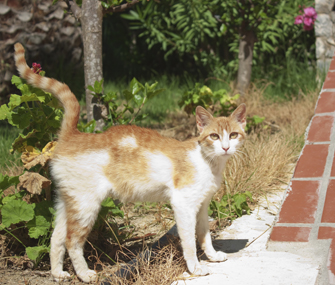
Why My Cats Live Outside But Yours Should Stay In
The Best Age for Taming Feral Kittens

Cat Had Kittens Outside - Where They Hide Them and Why

What to do (and NOT do) if you find an abandoned kitten or litter | Care 4 Cats Ibiza
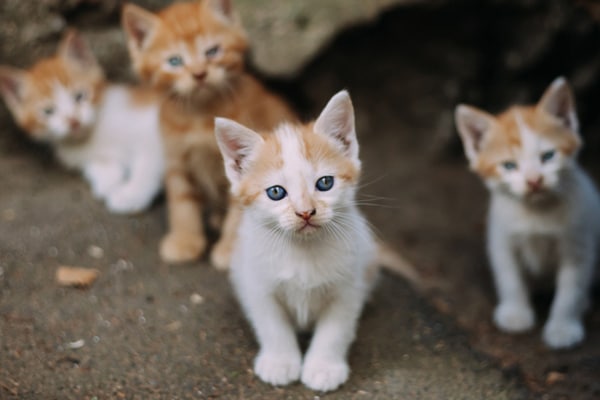
Found a Stray Kitten? Here's What to Do - Catster
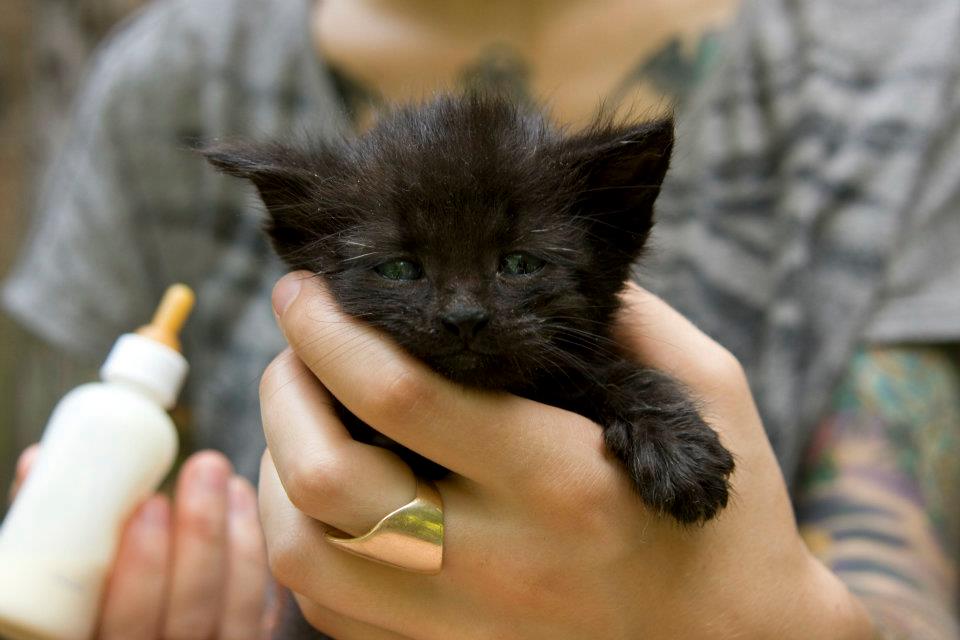
10 Crucial Steps to take to Save an Abandoned Newborn Kitten

Outdoor Cats: Pros & Cons of Outdoor Life | Purina

How to Keep Outdoor Cats Safe and Healthy
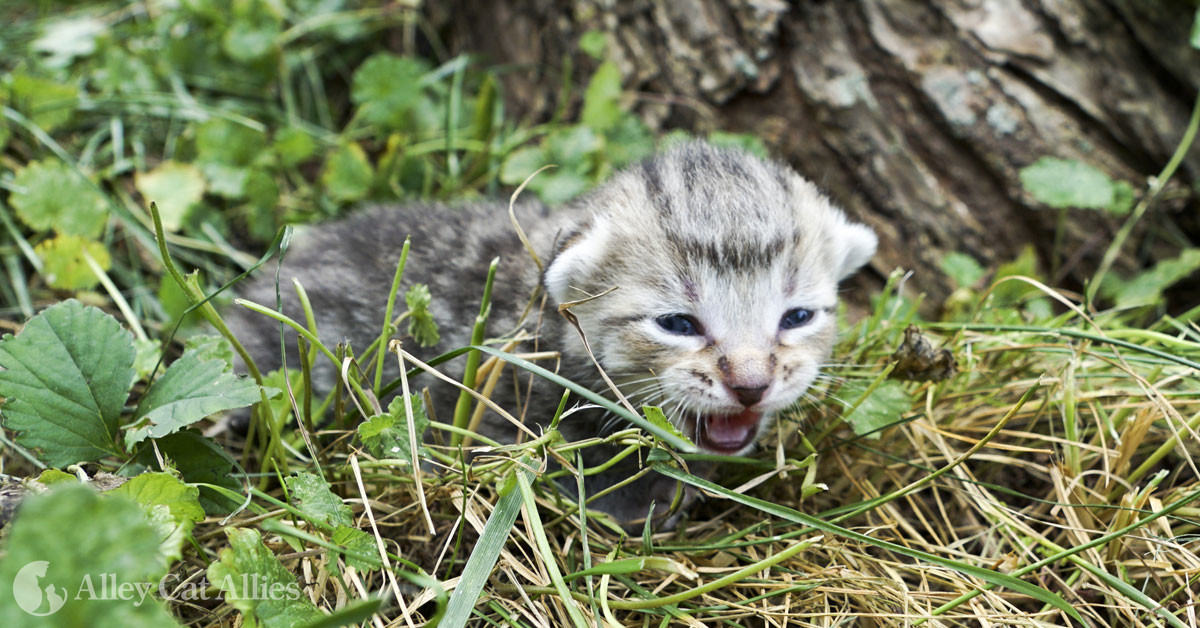
Finding a Kitten Outdoors | What to Do with Found Kittens Outside
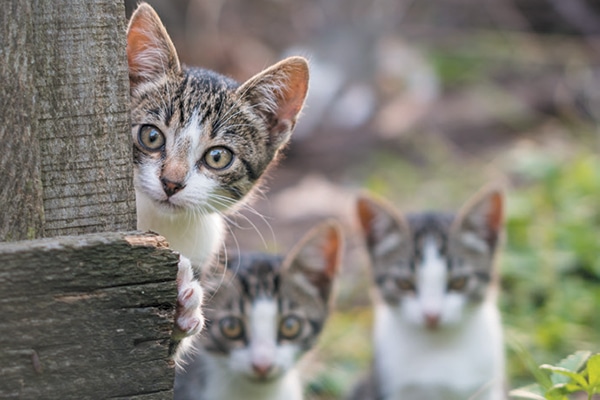
Found a Stray Kitten? Here's What to Do - Catster
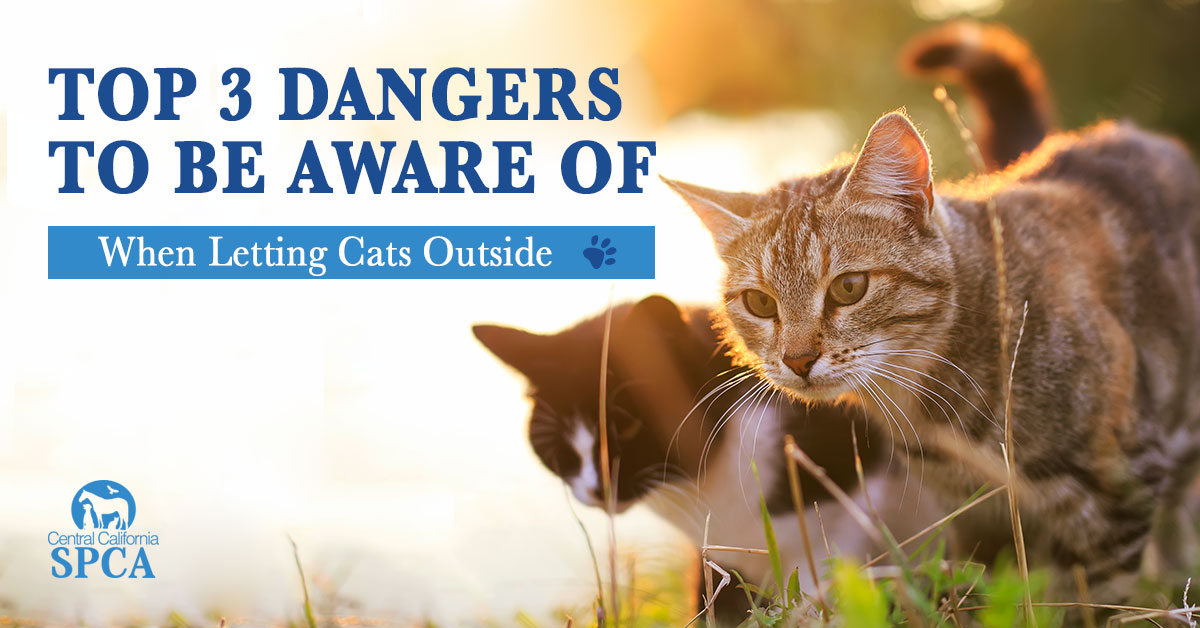
Top 3 Dangers to Be Aware of When Letting Cats Outside

Outdoor cats in cold winters: How they survive in Minnesota | Animal Humane Society

Letting Your Kitten Outside For The First Time | Vets4Pets
Feral cat - Wikipedia

Pros and Cons of the Outdoor Life for Cats | Perfect Fit™
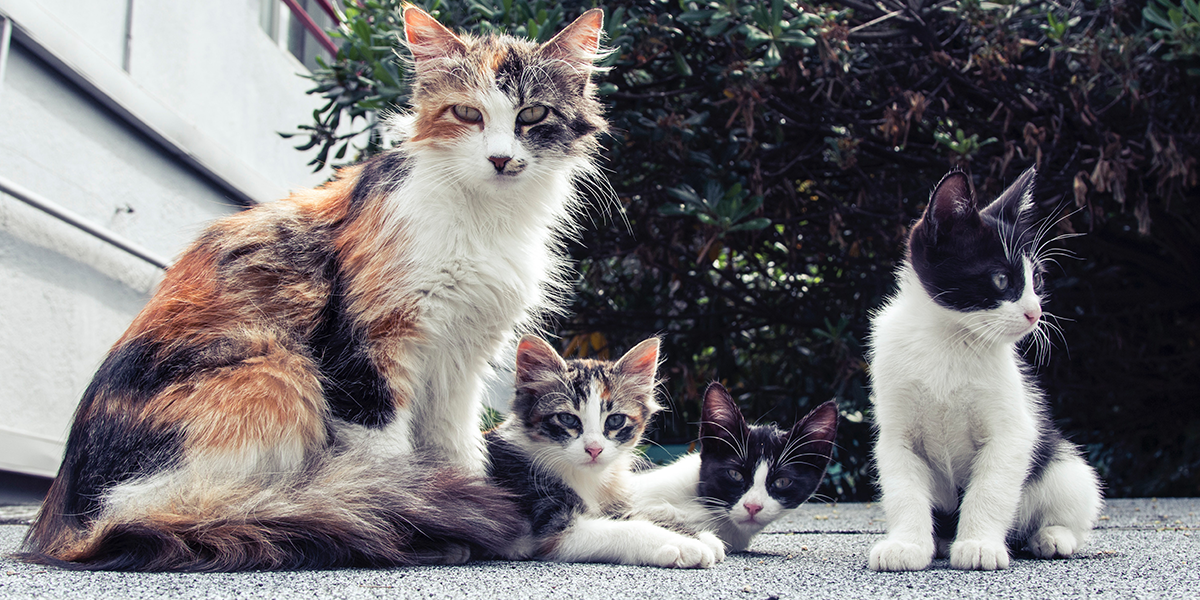
The Social Structure of Cat Life | International Cat Care

How to Train a Cat to Be Outdoor Safe and a Good Rodent Catcher
The Best Age for Taming Feral Kittens

Cat Had Kittens Outside - Where They Hide Them and Why

How to Keep Feral and Outdoor Cats Warm and Safe in Winter - PetHelpful - By fellow animal lovers and experts

Are outdoor cats happier? | Animal Humane Society

A Closer Look at Community Cats | Stray Cats | TNR | ASPCA

Pros and Cons of the Outdoor Life for Cats | Perfect Fit™

The Community Cat Survival Guide: How to Help Stray and Feral Cats | PawCulture

Outdoor cats in cold winters: How they survive in Minnesota | Animal Humane Society
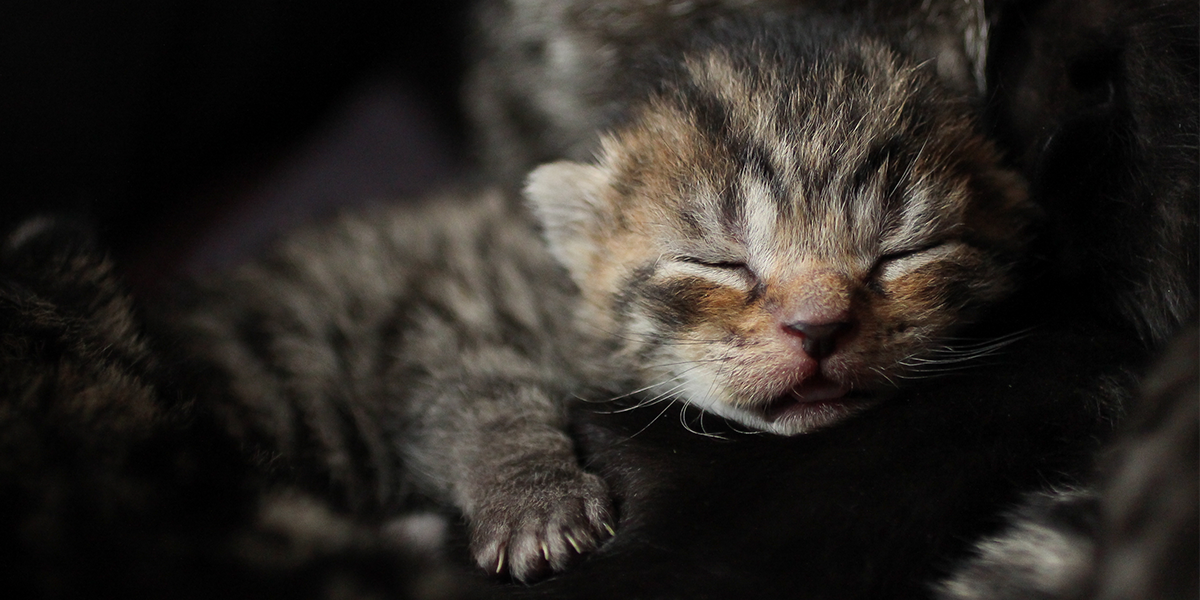
Cat pregnancy | International Cat Care

Kitten - Wikipedia
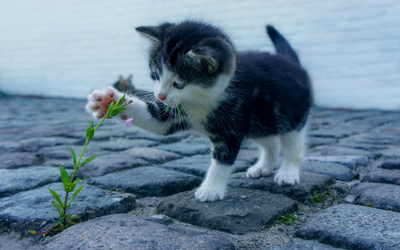
Recommendations for New Kitten Owners | VCA Animal Hospital

Where Do Kittens Live?
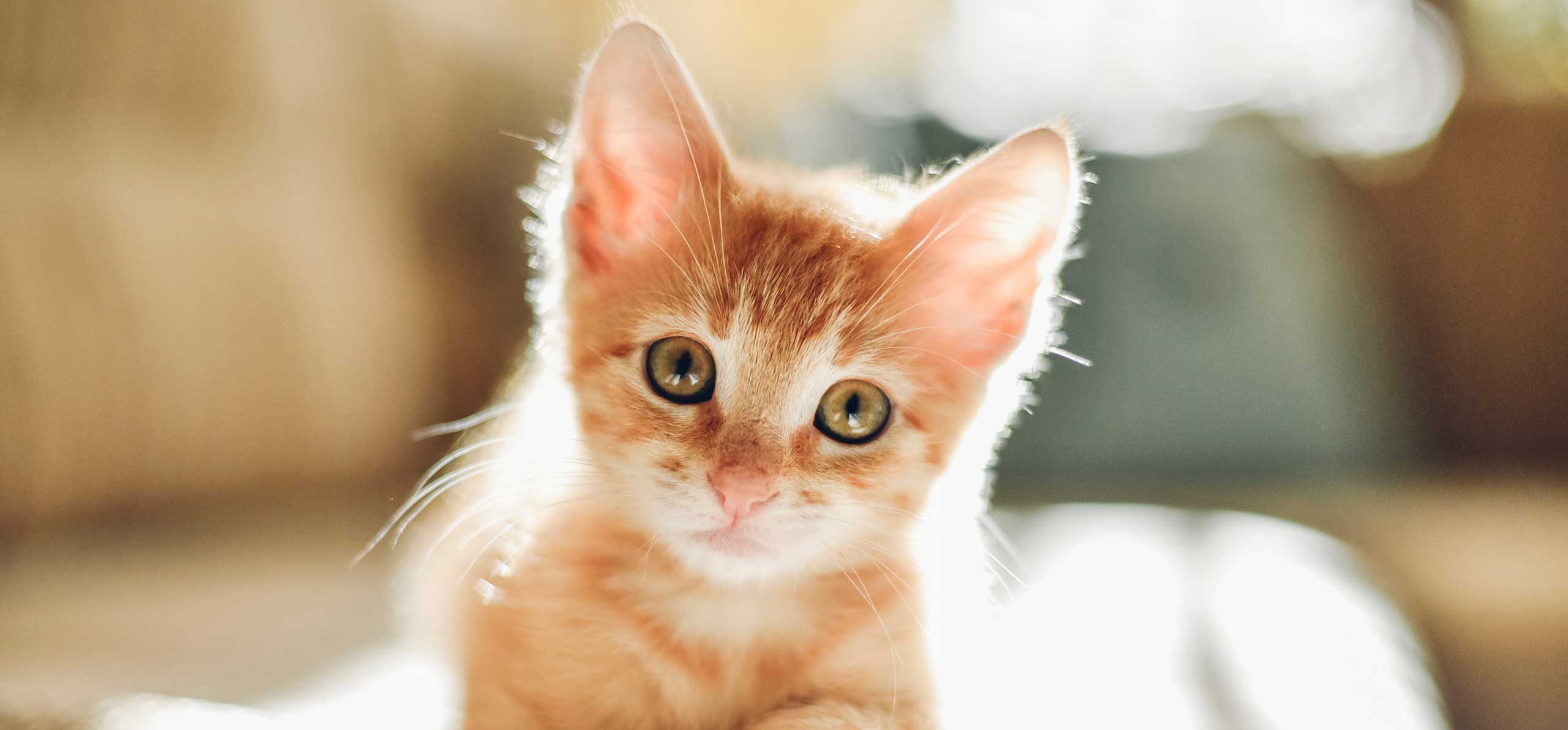
Tips to Survive Kitten Teething | Blue Buffalo

Why Do Cats Run Away and Leave Home or Not Come Back? - PetHelpful - By fellow animal lovers and experts

9 Signs Your Cat Loves You — How to Tell If Your Cat Loves You

Outdoor cats in cold winters: How they survive in Minnesota | Animal Humane Society
/Kitten-GettyImages-535429254-58fae68d5f9b581d59a1466e.jpg)
How to Treat Fading Kitten Syndrome

How Long Do Outdoor Cats Live? - YouTube
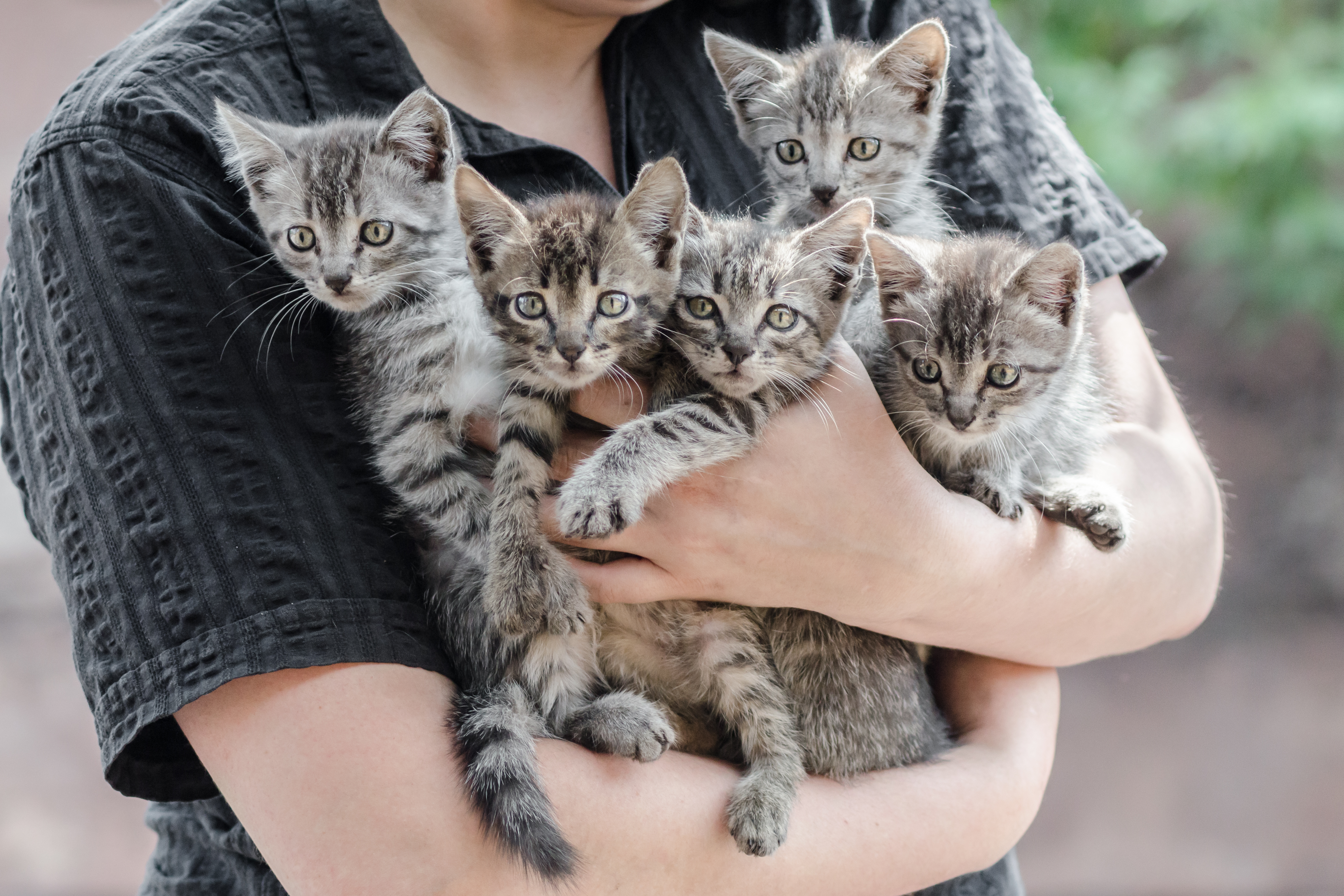
Feline Leukemia (FeLV) - American Humane - American Humane

The Right Time To Let Your Kitten Roam Free Outside | Purr Craze
:max_bytes(150000):strip_icc()/__opt__aboutcom__coeus__resources__content_migration__mnn__images__2015__07__outdoorcat-cbcc8423dffd4786a196400f58b10223.jpg)
How to Care for Feral Cats During the Winter
Posting Komentar untuk "can kittens survive outside"